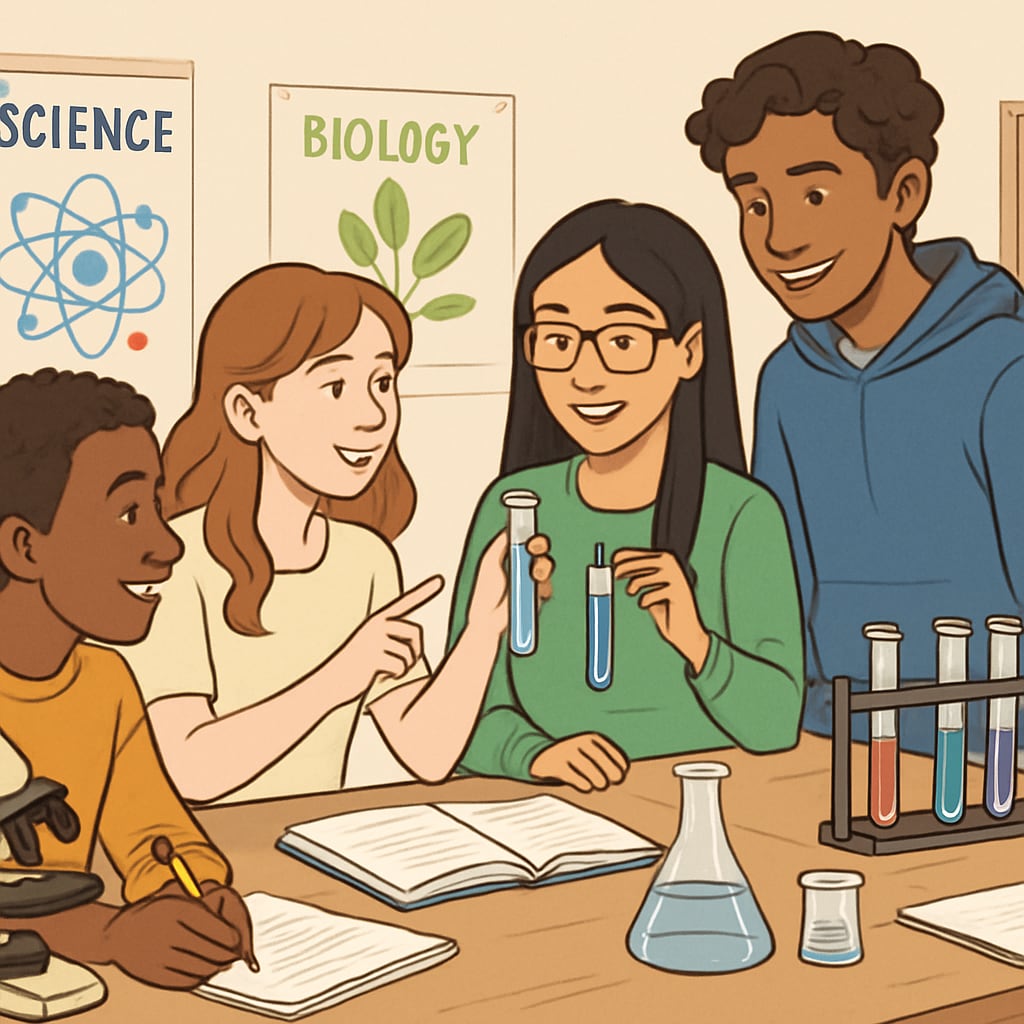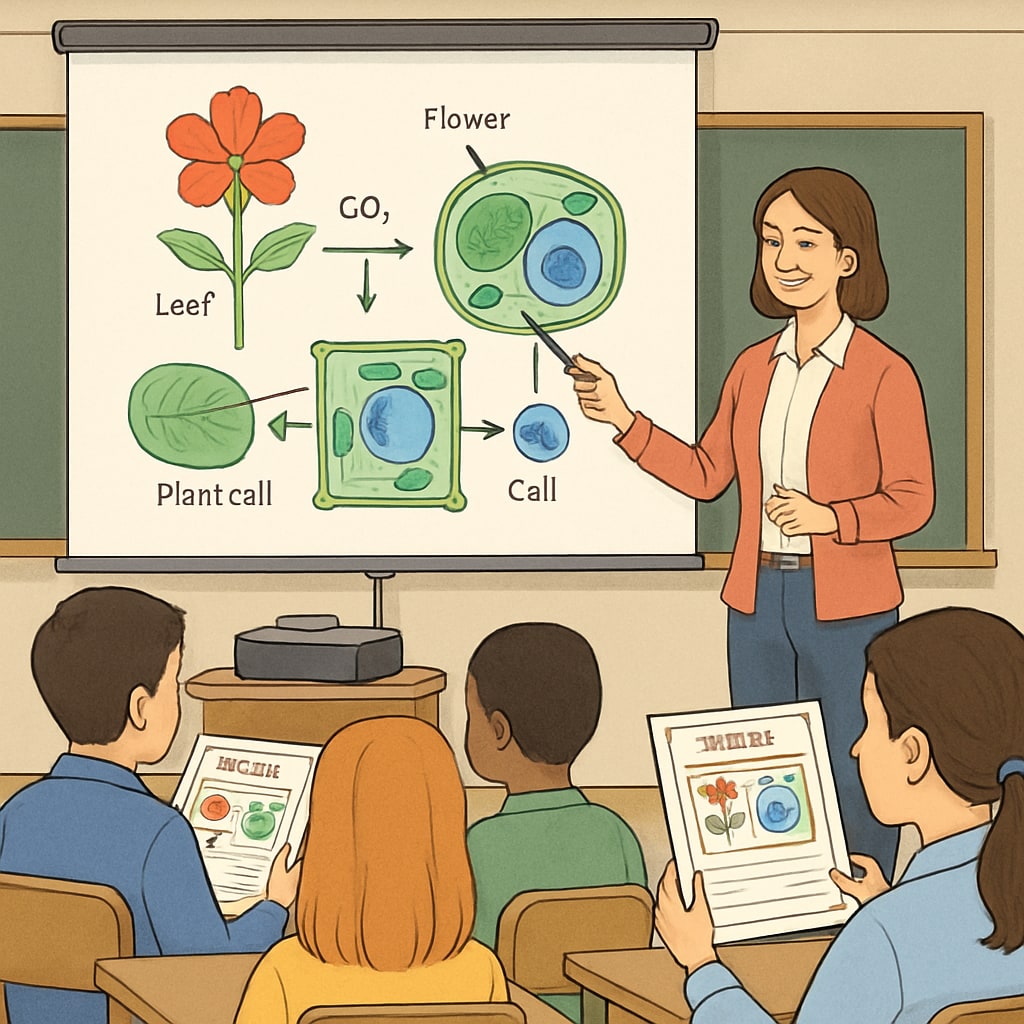Teaching high school science to English Language Learners (ELLs) presents unique challenges, but with the right strategies, educators can create classrooms that are both academically rigorous and inclusive. Differentiation techniques tailored to linguistic diversity play a crucial role in ensuring ELLs can grasp complex scientific concepts while improving their language proficiency. In this article, we explore practical approaches to support ELLs, from assessing their needs to implementing effective teaching frameworks.
Understanding ELL Needs in Science Classrooms
Before creating an inclusive learning environment, it is essential to understand the linguistic and academic needs of ELLs. These students often face obstacles such as limited vocabulary, cultural differences, and varying levels of prior knowledge in science. Educators can start by conducting assessments to identify students’ language proficiency and familiarity with scientific terminology. Tools such as WIDA standards or the Common European Framework of Reference for Languages (CEFR) can provide insights into students’ language levels.

Additionally, fostering a welcoming classroom culture that celebrates diversity can motivate ELLs to participate actively. Teachers might incorporate visual aids, bilingual resources, or real-world examples that connect science concepts to students’ cultural backgrounds to enhance engagement.
Strategies for Differentiating Science Instruction
Differentiation is key to addressing the diverse needs of ELLs in science classrooms. Teachers can use various strategies to ensure that lessons cater to different levels of language proficiency:
- Visual Supports: Incorporate diagrams, charts, and videos that illustrate scientific concepts. Visuals reduce reliance on language and make abstract topics more accessible.
- Scaffolded Instruction: Break down complex tasks into smaller, manageable steps. For example, use sentence starters, graphic organizers, or guided questions during lab activities.
- Peer Collaboration: Encourage group work where ELLs can interact with native-English-speaking peers. Collaborative learning promotes language development and fosters teamwork.
- Use of Technology: Leverage tools like translation apps, online simulations, or interactive science platforms to provide additional support.

Moreover, aligning science lessons with language objectives can simultaneously strengthen ELLs’ linguistic skills. For instance, integrating vocabulary-building exercises that focus on scientific terms ensures students can articulate their understanding effectively.
Creating an Inclusive Learning Environment
An inclusive classroom goes beyond differentiation; it actively seeks to remove barriers and provide equitable opportunities for all learners. Here are additional approaches teachers can adopt to promote inclusivity:
- Culturally Responsive Teaching: Incorporate examples and case studies relevant to students’ cultural contexts to make science relatable.
- Flexible Assessment Methods: Provide options such as oral presentations, visual demonstrations, or bilingual assessments to accommodate diverse learning styles.
- Professional Development: Engage in training programs focused on teaching ELLs to stay informed about effective practices and new tools.
For educators seeking further information, resources such as the education section on Britannica or WIDA standards can offer valuable guidance on incorporating language support into subject teaching.
Conclusion: Empowering ELLs Through Science Education
Teaching science to English Language Learners is an opportunity to cultivate both academic and linguistic growth. By integrating differentiation techniques, visual supports, and inclusive practices, educators can effectively navigate language barriers while maintaining high standards of scientific rigor. These strategies not only empower ELLs to excel in science but also equip them with skills that transcend the classroom, preparing them for future academic and professional success.
Readability guidance: Use concise sentences and short paragraphs to enhance clarity. Incorporate lists where appropriate to summarize key points. Maintain a balanced use of transition words to ensure smooth flow between ideas.


